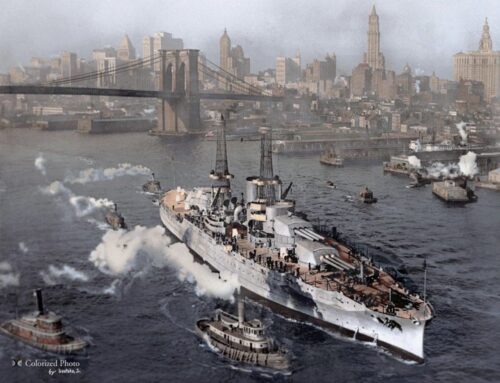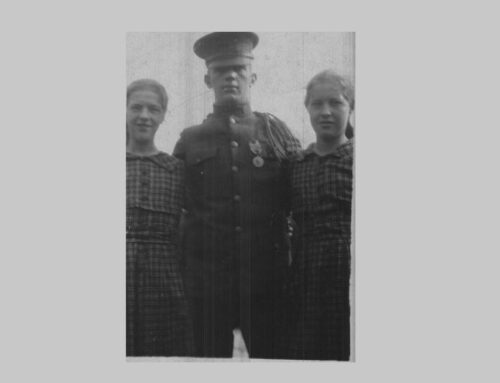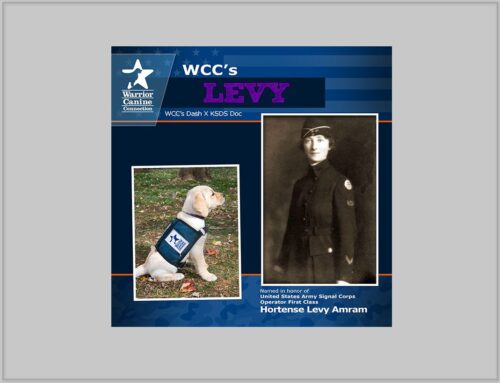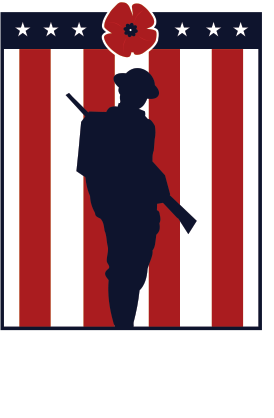Arms Of The Mail Guard Marines
Published: 13 November 2025
By Bruce N. Canfield
via the American Rifleman magazine website
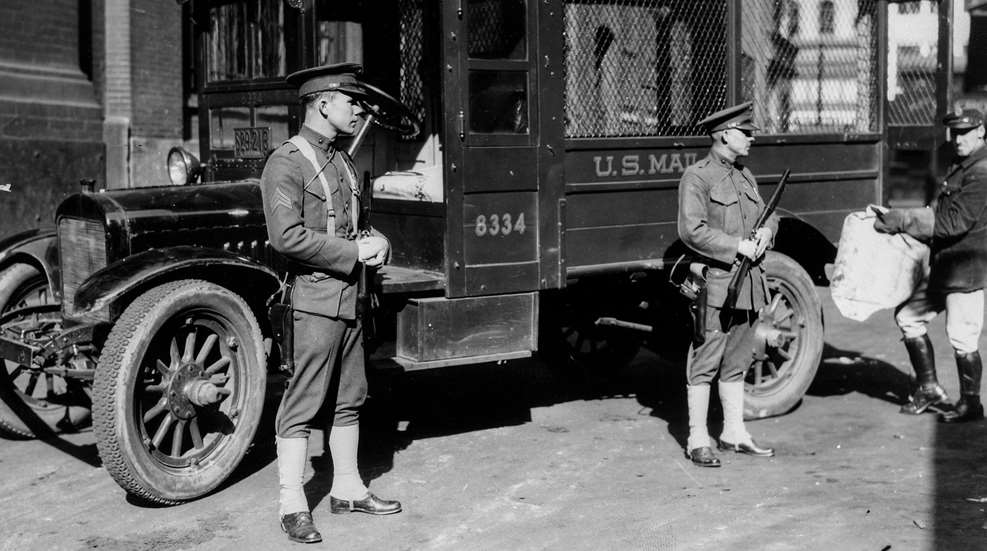
Guarding a post office truck, these Marines are wearing Model 1911 pistols and carrying Winchester 12-ga. “trench guns.” Note that the Marine at right has his holster flap tucked away. (National Archives collection)
In the post-World War I “Roaring Twenties” the U.S. Marines made sure the U.S. Mail got through.
During the past 250 years, the United States Marine Corps has admirably defended the liberty of our nation from myriad enemies around the globe—from the “Halls of Montezuma” to the “Shores of Tripoli” and in such well-known campaigns as Belleau Wood, Guadalcanal, Inchon, Khe Sanh and Kabul, just to name a few. However, in the 1920s, the Marines were deployed in a little-known role a lot closer to home.
In 1920 and 1921, there was a rash of violent robberies of the U.S. Mail that resulted in the deaths and wounding of some postal employees and the theft of large sums of money. The situation had reached a point that the postmaster general requested some guns from the War Dept. to arm “all outside postal employees.”
Most of the guns provided by the War Dept. were World War I-era Model 1917 .45-cal. revolvers. These efforts seemed to temporarily reduce the number of mail thefts. However, revolvers were hardly sufficient to stem the rash of robberies for long, and they soon resumed with a vengeance. As stated by the postmaster general, “In this effort postal employees were injured and killed and some robbers slain, but there followed a series of robberies and depredations at points which the Post Office Department had not as yet been able to equip fully and with which it was unable to cope.”
Clearly, the postal employees lacked the training, experience and adequate armament to counter the crime wave. Help was sorely needed. Local newspapers carried numerous accounts of many of the mail robberies, with lurid details about the deaths and injuries of postal employees and bystanders.
In November 1921, President Warren G. Harding wrote the following to Edwin Denby, Secretary of the Navy:
“You will detail as guards for the United States Mails a sufficient number of officers and men of the United States Marine Corps to protect the mails from depredations by robbers and bandits.”
The Marines were detailed to ride on mail trucks and trains and to guard post offices and other facilities as directed. The mail guard contingent consisted of approximately 53 officers and 2,200 enlisted men. Of course, it was not possible for the Marines to guard every mail delivery, so priority was given to shipments of substantial value such as cash or negotiable securities.
The Marines took their mail guard duties very seriously. Secretary of the Navy Denby, a Marine Corps veteran, gave the following no-nonsense instructions to the Marines tasked with guarding the mail:
“You must, when on guard duty, keep your weapon in hand, if attacked, shoot, and shoot to kill. There is no compromise in this battle with bandits. If two Marines guarding a mail car, for example, are suddenly covered by a robber, neither must hold up his hands, but both must begin shooting at once. One may be killed, but the other will get the robbers and save the mail. When our Marine Corps men go as guards over the mail, that mail must be delivered or there must be a dead Marine at the post of duty.”
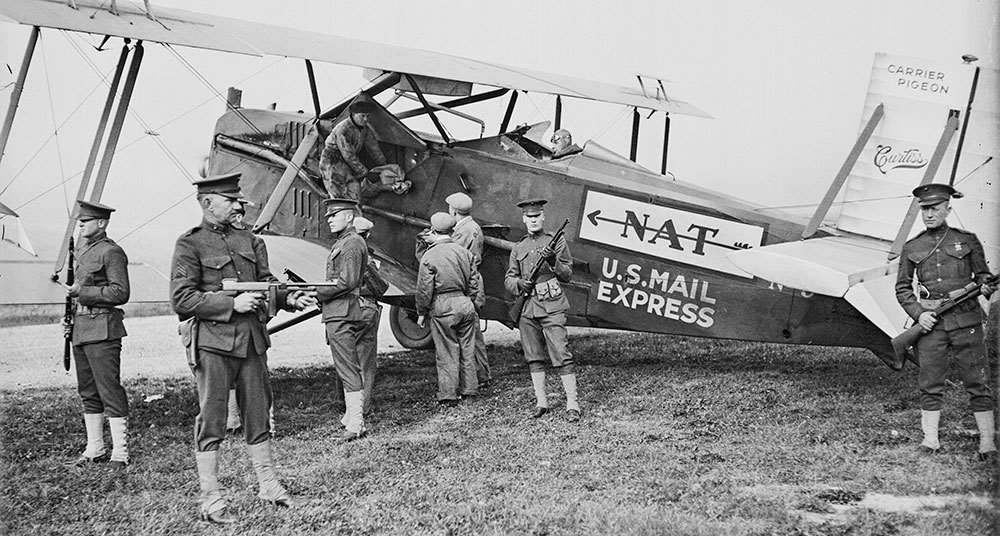
A U.S. Mail airplane is seen here being guarded by a contingent of heavily armed Marines. The Marine in the foreground is holding an M1921A Thompson submachine gun, and the others have Winchester Model 1897 trench guns. All also have holstered Model 1911 pistols. (Chicago History Museum)
It didn’t take long for such strong measures to achieve the desired results. In the short span of just three months, the serious rash of robberies and the killing and wounding of postal employees was quashed. By March 1922, the Marines were withdrawn from mail guard duty, and a grateful nation heaved a sigh of relief.
Unfortunately, four years later, for some inexplicable reasons, another series of mail robberies occurred, sometimes even more violent than those that had previously plagued the nation. On Oct. 14, 1926, a particularly vicious attack by a gang of thugs, some reportedly armed with submachine guns, occurred at a postal facility in Elizabeth, N.J. Civilian guards and local policemen were wounded, and a mail truck driver was brutally killed.
In an attempt to prevent the violence from getting worse, President Calvin Coolidge ordered 2,500 Marines be dispatched again to guard the U.S. Mail. Marine legend Gen. Smedley D. Butler, a distinguished combat veteran of the First World War and recipient of two Medals of Honor, commanded the contingent.
A prompt and decisive show of force by Gen. Butler’s Marines quickly dampened the enthusiasm of subsequent mail robbers. It was stated that: “General Butler’s fully armed Marines soon became sobering influences throughout the Post Offices, mail trains and mail trucks … . While Marines carried out their mail guard assignments, only one attempted robbery was recorded.”
⇒ Read the entire article on the American Rifleman website.
External Web Site Notice: This page contains information directly presented from an external source. The terms and conditions of this page may not be the same as those of this website. Click here to read the full disclaimer notice for external web sites. Thank you.
